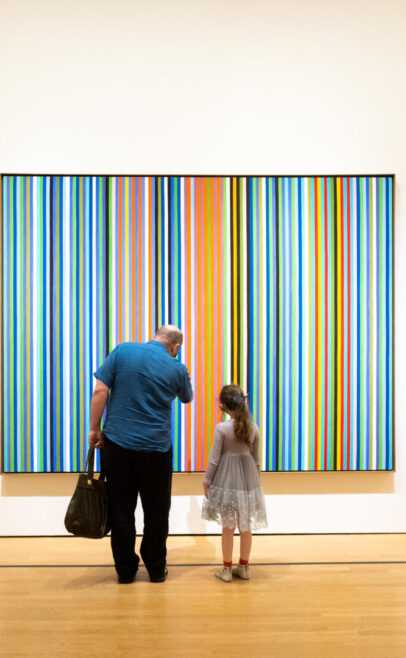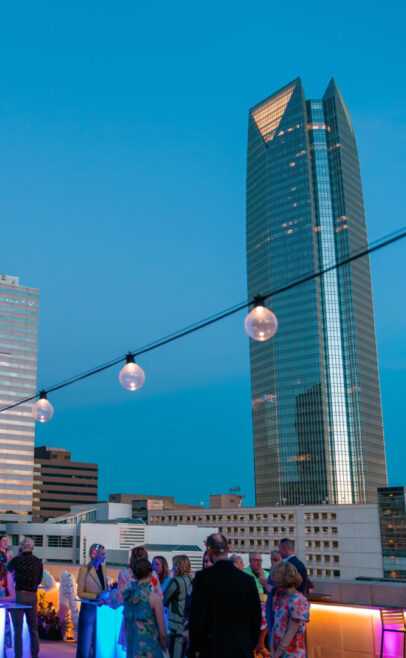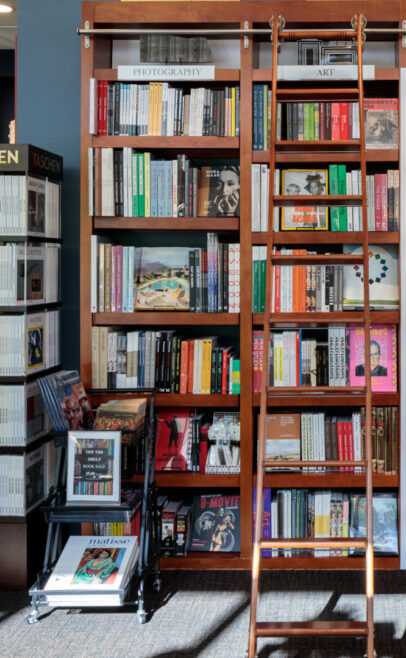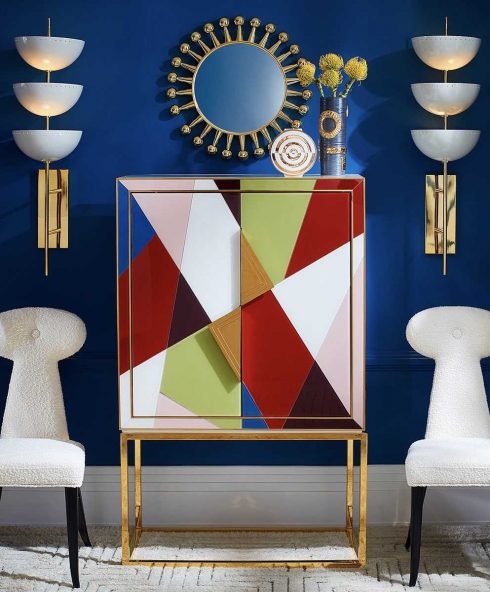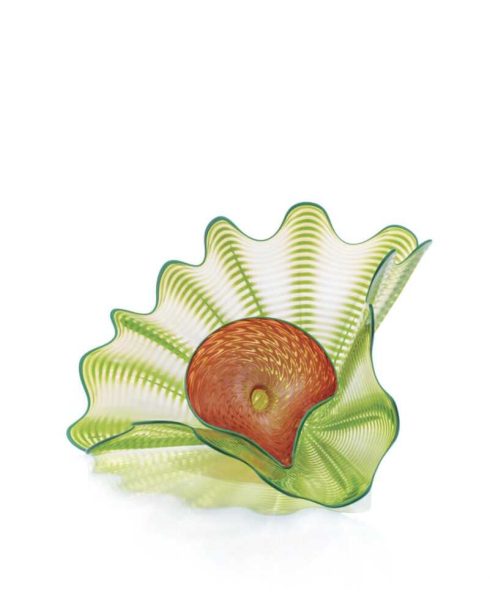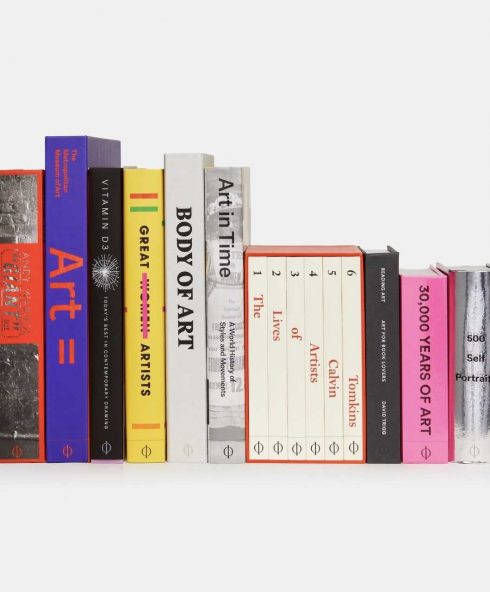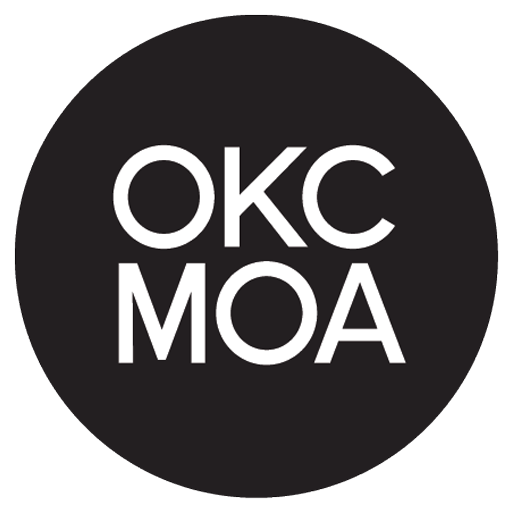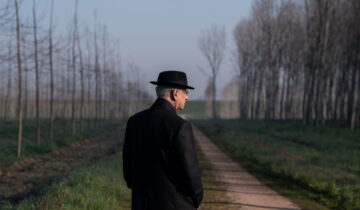Brett Weston: Out of the Shadow was the first major retrospective of Brett Weston’s work in over 30 years. Although Brett Weston was a key player in the photography world during his lifetime, he was often overshadowed by his father, Edward. Brett Weston: Out of the Shadow brought to light the younger Weston’s unique creative spirit by examining his long career. The exhibition presented 136 photographs taken in Mexico and California in the 1920s and 1930s, East Coast images from the 1940s, and landscape and nature photographs taken after he returned to the West Coast in 1948. Many of these images push toward pure abstraction, putting Weston at the forefront of non-objective, fine-art photography.
The exhibition was installed chronologically to show the evolution of Weston’s style and subject matter. The second son of Edward Weston, Brett began making his first photographs with a small Graflex 3 1/4 x 4 1/4 camera in 1925, when he accompanied his father to Mexico. The exhibition opened with several photographs that Weston took while in Mexico. They revealed his understanding of form and composition, which he learned firsthand from important modern artists of the day such as Tina Modotti, Frida Kahlo, Jose Clemente Orozco, and Diego Rivera. In these early works, Brett used the technical qualities of the camera to frame objects close up and push subject matter toward abstraction.
The next section focused on photographs Brett took in California in the late 1920s and the 1930s. These images included forms in nature and in the cityscape that intrigued him. It was during this time that Brett worked closely with his father. Edward introduced his son’s work to the art world by including twenty of Brett’s photographs in a show at the University of California. Brett then became his father’s professional partner, helping him with commercial work in the studio they shared in San Francisco. At the age of eighteen, Brett’s work was featured for the first time internationally in the Film und Foto exhibition in Stuttgart, Germany, where twenty of his photographs hung alongside prints by Edward Steichen, Berenice Abbott, Imogen Cunningham, Man Ray, and Charles Sheeler. Brett’s photographs from the exhibition were reproduced in numerous periodicals. His father wrote, “I can say without hesitation that he is now one of the finest photographers in this country – which means the world.”
In 1932, the M.H. de Young Museum in San Francisco exhibited Brett’s first major retrospective; that same year, he was invited to join “Group f/64.” Brett directed California’s photography department for the Federal Arts project in 1935. In 1943, he enlisted in the Army. When he was discharged in 1947, he was awarded a Guggenheim grant to photograph up and down the East Coast.
Brett returned to California in 1948 to help care for his father, who had Parkinson’s disease, and helped print his father’s photographs. It was on his trip back that he became enchanted with the landscape in New Mexico, especially the desert there, and captured many images of that part of the world. His representational images from this period are almost cinemagraphic. When Edward died in 1958, Brett returned full time to his own art and his maturity as a photographer evolved. In the following decades, he continued to create fine art images of landscape and nature. During the 1960s and 70s, Brett made several trips to Europe, photographing forms and textures that interested him in Great Britain, Portugal, Austria and Greece, among other countries. In the late 1970s, Brett built a house in Hawaii, where he worked and lived most of the rest of his life, dying in Kona, Hawaii in 1993.
Co-organized by the Phillips Collection and the Oklahoma City Museum of Art, in cooperation with the Brett Weston Archive, Brett Weston: Out of the Shadow debuted at the Oklahoma City Museum of Art, March 20 through May 18, 2008, and then travel to the Phillips Collection, June 21 through September 7, 2008, before going on a national tour, including the Santa Barbara Museum of Art. Exhibition lenders were the Oklahoma City Museum of Art; The Brett Weston Archive; The Phillips Collection, Washington, D.C.; and the Museum of Fine Arts, Boston.
The exhibition at the Oklahoma City Museum of Art was accompanied by a catalogue and audio tour.
